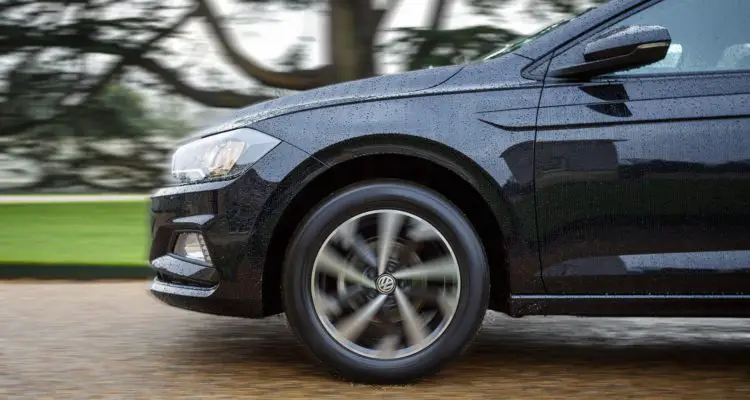Your alternator is what recharges the battery of your vehicle and keeps your electrical system functioning smoothly. When the alternator goes bad then so do all the electrical components. Some of these components include your head lights, stereo, power windows, and infotainment systems. Additionally, because the alternator provides power to the spark plugs when you key the ignition, a faulty alternator can be the cause of trouble starting your vehicle.
General Indicators Of A Bad Alternator
There are a few common signs and symptoms that may indicate that you have a bad alternator that should be replaced. These signs include: the warning light on your dashboard, your interior or exterior lights flickering or dimming unnecessarily, a dead battery, strange sounds which would be the result of worn bearings, strange smells which would be the result of an overheated alternator, electrical components that are non-functional or slow, and vehicle stalling or difficulty starting. These signs do not necessarily conclude that the alternator is at fault but that it is highly likely to play a role and should be a first consideration.
If your alternator is at fault then always seek the guidance of a trained professional technician that specializes in alternators. A battery replacement may be simple but alternators require more care and experience in handling. Tucson Alternator specializes in providing high quality alternators and starters across a wide range of commercial and personal vehicles.

Is It Alternator, Or The Battery?
Often there is confusion as to whether the alternator is at fault or the battery. The battery is what provides the charge that allows you to start your vehicle as well as power while in idle, while the alternator is what charges the battery and provides electricity to your system while it is turning quickly.
If your car battery has gone bad then you are likely experiencing signs and symptoms such as a slow cranking of the engine causing the vehicle to start up, or a lack of light and sound when starting. Most commonly the reason for this will be a loose or corroded connection, or the battery is not drawing the electrical current properly. If you are able to jump start the vehicle from this state then you can likely conclude that the battery is the cause and the next step is to simply take it in for a replacement.
Aside from the general indicators for a bad alternator previously discussed, there are a few other signs that can help you to conclude that the alternator is the cause instead. This includes starting but then stalling while driving, a squealing that gets louder when certain electrical components are running, or a change in stereo sound when revving the engine.






